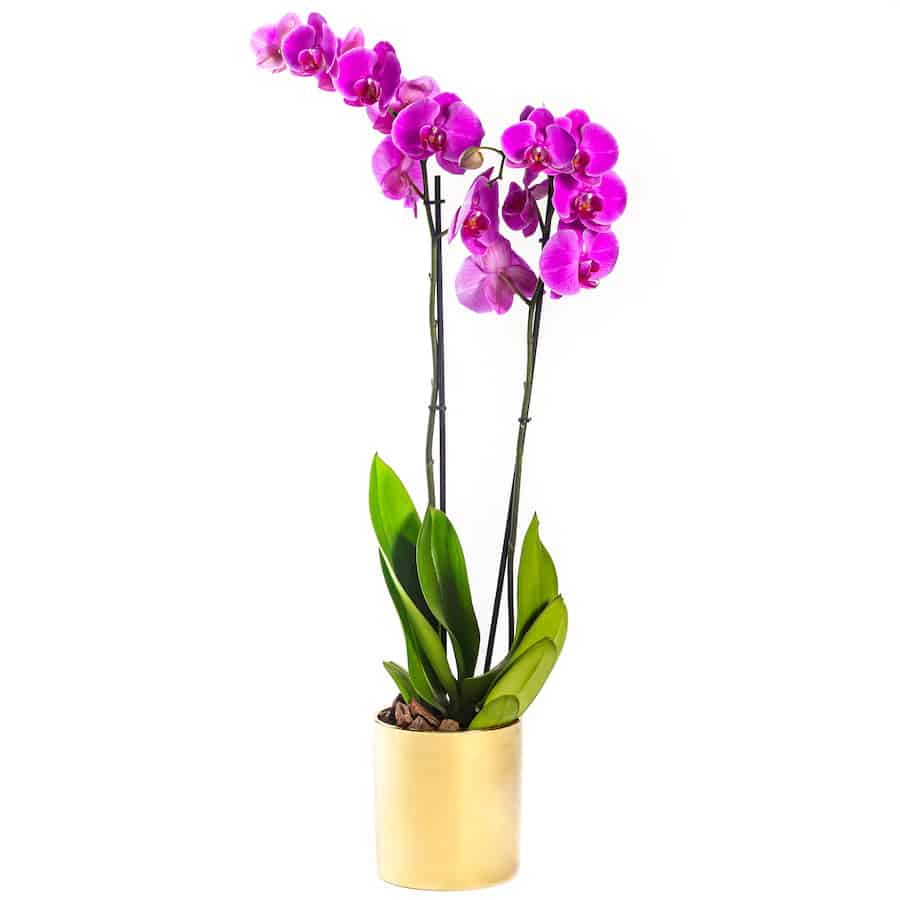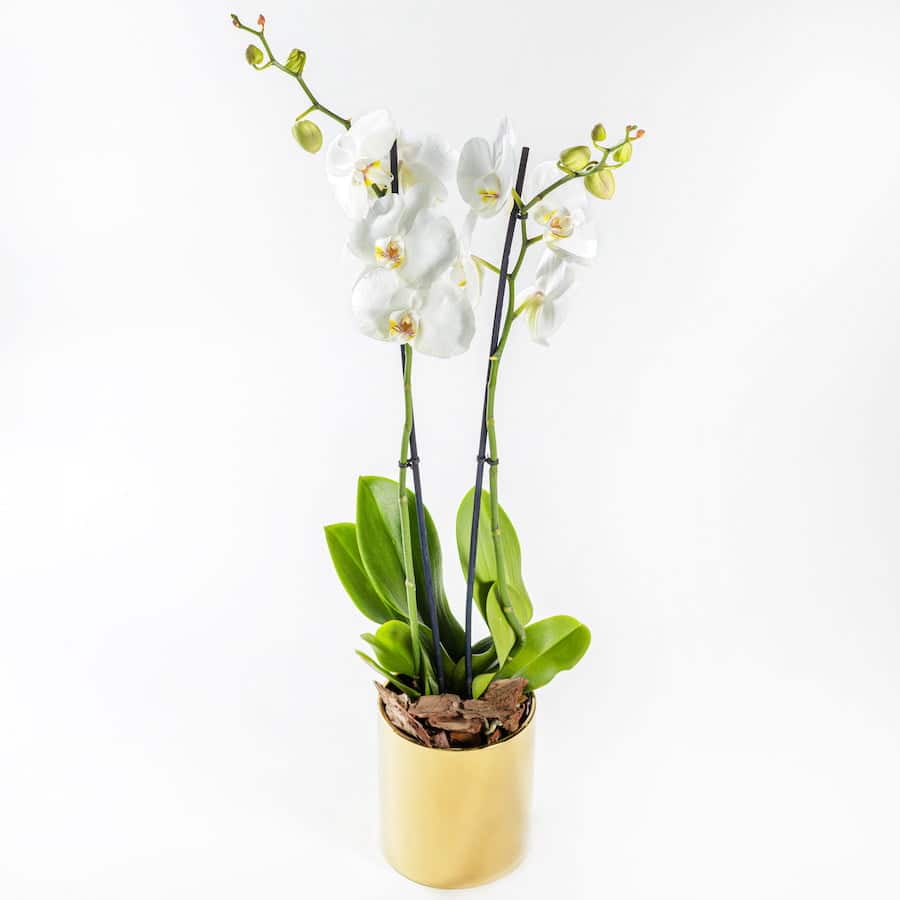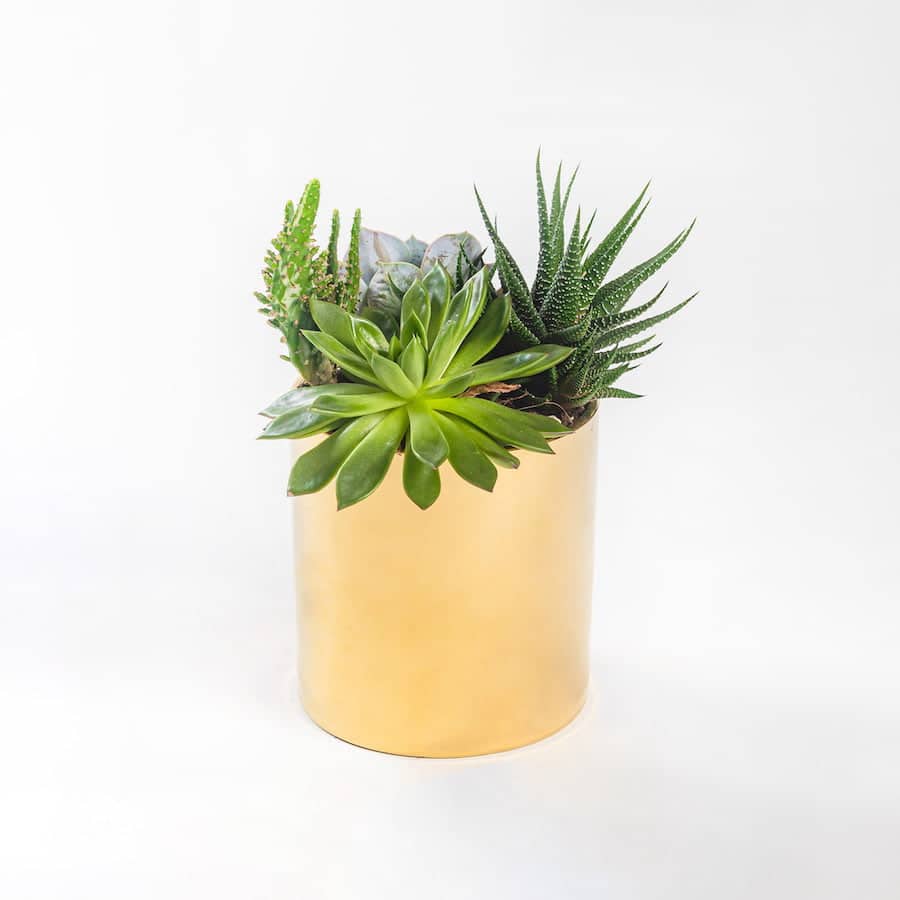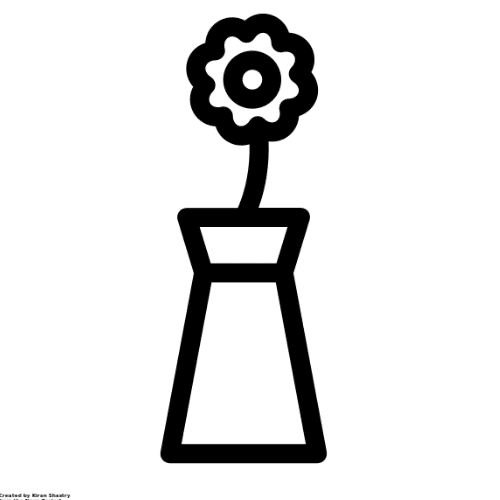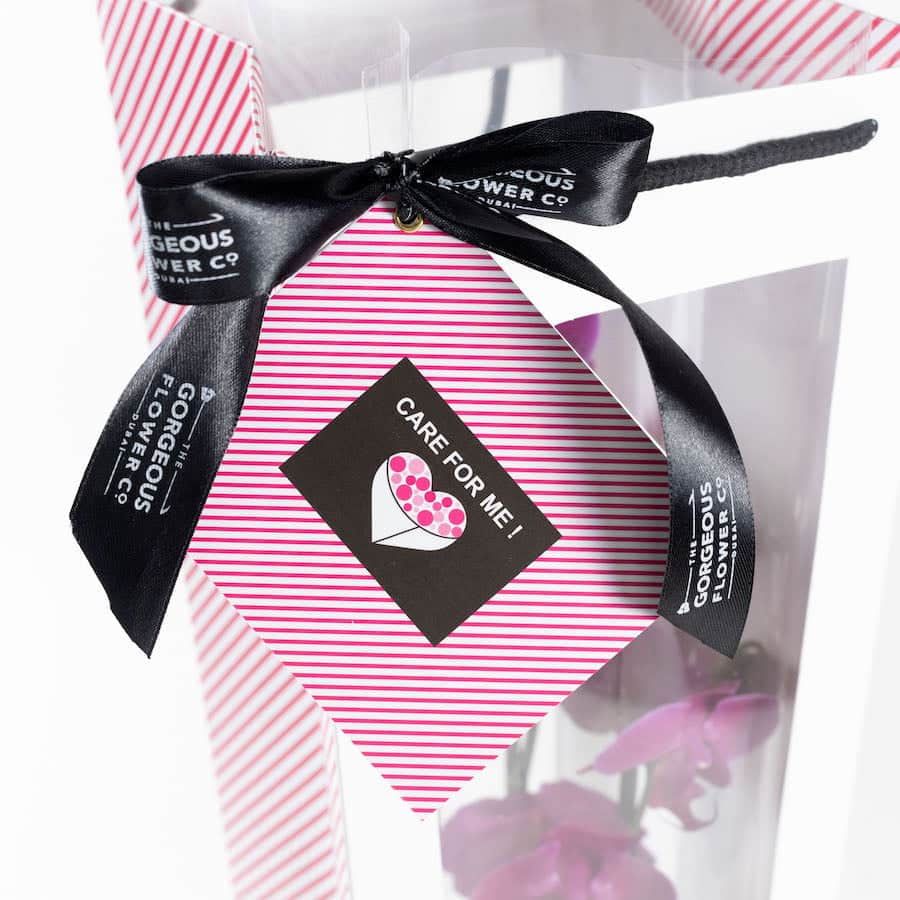
Always remember to read the care instructions provided with your plant as each one is different and therefore has different care needs. However there are some good general rules to stick to:
1. How often should I water my plants?
Because each plant is different but the most important thing to remember is that you should never overwater your plant. Overwatering can cause the plant to rot and unless you act fast, it will never recover.
2. How can I tell when my plants need watering?
The best way to whether your plant needs watering is to press your finger down into the top 1-2 inches. If the soil feels dry, then give it some water. If it’s moist, leave it for a few days before watering it again.
3. What's the best way to water my plant?
If you want to avoid getting water everywhere, put your plant in the sink or shower to water it. Leave it there for a few minutes so it can drain. For a hanging plant, just leave it to hang over the sink for 15-20 minutes so it can drip dry.
4. How much light does my plant need?
As with watering, the amount of light your plant will need depends on the variety you buy, for example Aloe Vera and Pineapple plants love sunlight so they’ll be happiest somewhere bright but if your home doesn’t get a lot of natural light, don’t worry, you can still enjoy indoor plants like Boston ferns, Monstera, Rubber plants and peace lilies that all thrive in the shade.
5. How often do I need to feed my indoor plants?
You can give plants some fertiliser during the spring and summer months, since this is when most plants do most of their growing. A reasonable guide would be feeding your plants every two weeks during these months.
6. How do I take care of plants in the summer?
More water (checking first of course as described above) and more shade are the two golden rules. Plants can get also sun burnt so if they like lower light conditions, keep it somewhere shady and cool. You’ll also need to prune the plants too, getting rid of any unhealthy leaves or branches so more can grow.
7. How do I take care of plants in the winter?
Less water (checking first of course as described above) and a bit more light. If you can, move your plants out of shady spots too. As the days in winter are a bit shorter, it’s important to maximise the amount of light they get.
8. How do I revive a plant?
If your plant looks wilted or droopy, it’s probably a sign that it needs a good drink. Plants that have started to turn a paler shade of green need more sunlight. If some of the leaves are turning brown, you’re giving your plant too much sun. Try somewhere without any direct sunlight. The earlier you notice these signs of distress, the easier it will be to revive your plant.
If you’ve noticed your plant leaves are turning yellow, you may have been underwatering it. Luckily, this is an easy fix and once you increase your watering you should start to see an improvement.
9. What does it mean if the leaves start dropping?
If you’ve noticed leaves dropping this can be caused both by overwatering and underwatering. If the leaves are wilted and brown, this is a sign that you’re underwatering. But if they’re limp or mushy, that means you’re overwatering your plant.
Additional tips on Phalaenopsis (orchids)
As tropical / sub-tropical plant orchids can be notoriously difficult to keep. However, the Phalaenopsis has become very popular because it can thrive in a non-tropical environment is reasonably affordable. A few things to bear in mind with Phalaenopsis:
- In their natural habitat they grow out of trees or rocks and therefore do not need soil and will always come in a well-drained pot with course wood chips. So Phalaenopsis do not usually benefit from re-potting but they do need to be very well drained.
- Overwatering a Phalaenopsis is the best way to shorten its life so always check the moisture in the pot using your finger and even if its bone dry, wait one more day until you water it.
- Phalaenopsis are a flowering plant and after some time (it could be weeks or months) it will lose its flowers. The only way to help it re-flower is to cut off the flower stalk at the base of the plant and place in a room that can re-create a tropical climate conditions (good humidity and at least a month of 10 degree temperature change between night and day). Not easy to achieve but very rewarding if you persevere.
